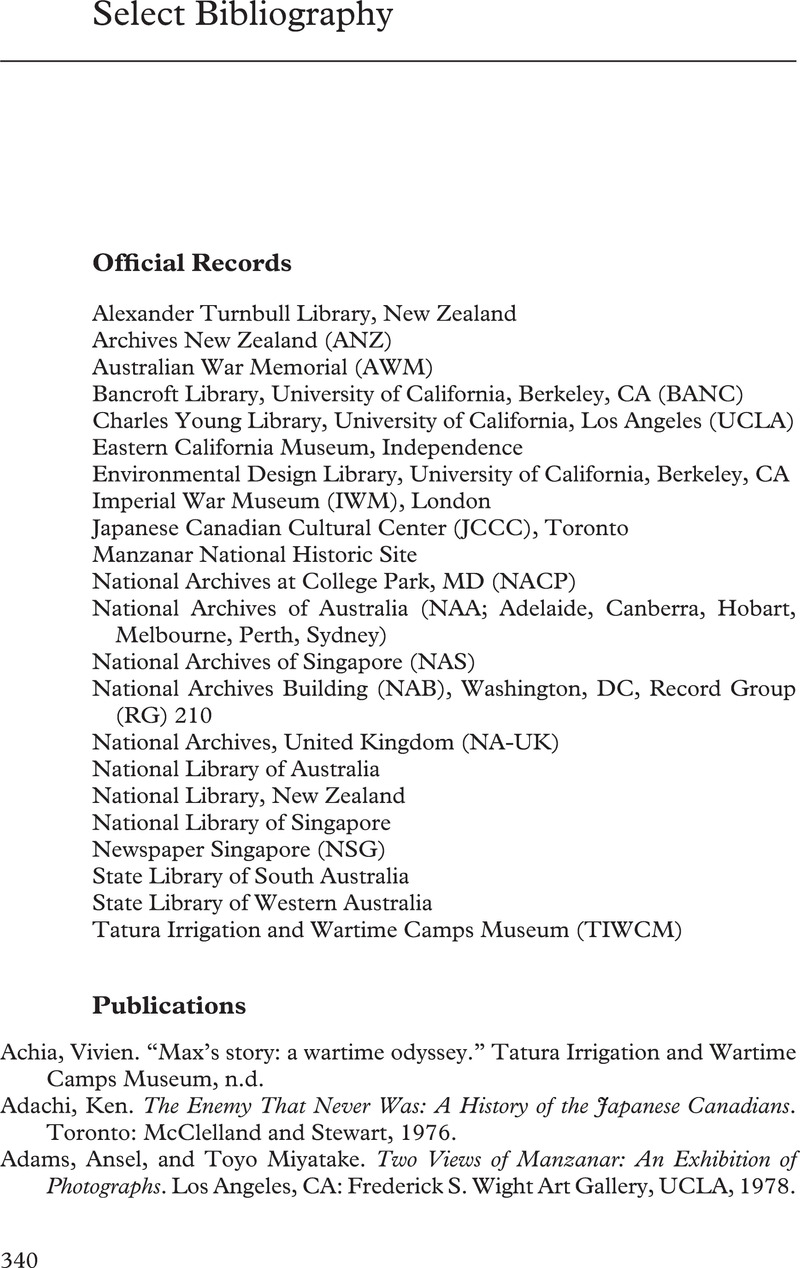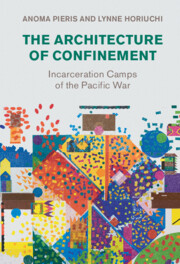Book contents
- The Architecture of Confinement
- Studies in the Social and Cultural History of Modern Warfare
- The Architecture of Confinement
- Copyright page
- Contents
- Figures
- Maps
- Tables
- Preface
- Acknowledgments
- Abbreviations
- Introduction
- 1 Carceral Archipelago
- 2 A Network of Internment Camps
- 3 Prisoner-of-War Resistance
- 4 Land and Labor
- 5 A Military Geography
- 6 The Colonial Prison
- 7 Empire of Camps
- 8 Prison City
- 9 Recovery, Redress and Commemoration
- 10 Intersectional Sovereignty
- 11 Border Politics
- Select Bibliography
- Index
- References
Select Bibliography
Published online by Cambridge University Press: 17 February 2022
- The Architecture of Confinement
- Studies in the Social and Cultural History of Modern Warfare
- The Architecture of Confinement
- Copyright page
- Contents
- Figures
- Maps
- Tables
- Preface
- Acknowledgments
- Abbreviations
- Introduction
- 1 Carceral Archipelago
- 2 A Network of Internment Camps
- 3 Prisoner-of-War Resistance
- 4 Land and Labor
- 5 A Military Geography
- 6 The Colonial Prison
- 7 Empire of Camps
- 8 Prison City
- 9 Recovery, Redress and Commemoration
- 10 Intersectional Sovereignty
- 11 Border Politics
- Select Bibliography
- Index
- References
Summary

- Type
- Chapter
- Information
- The Architecture of ConfinementIncarceration Camps of the Pacific War, pp. 340 - 357Publisher: Cambridge University PressPrint publication year: 2022



